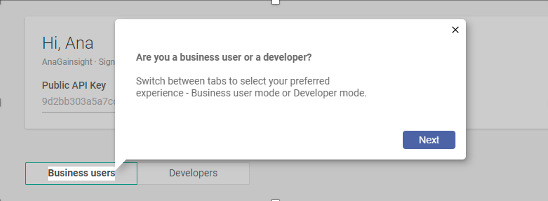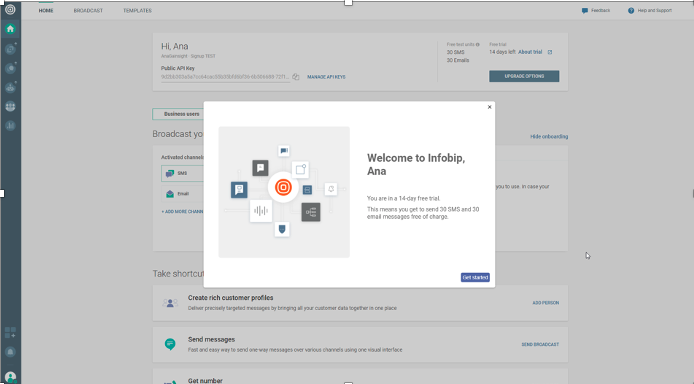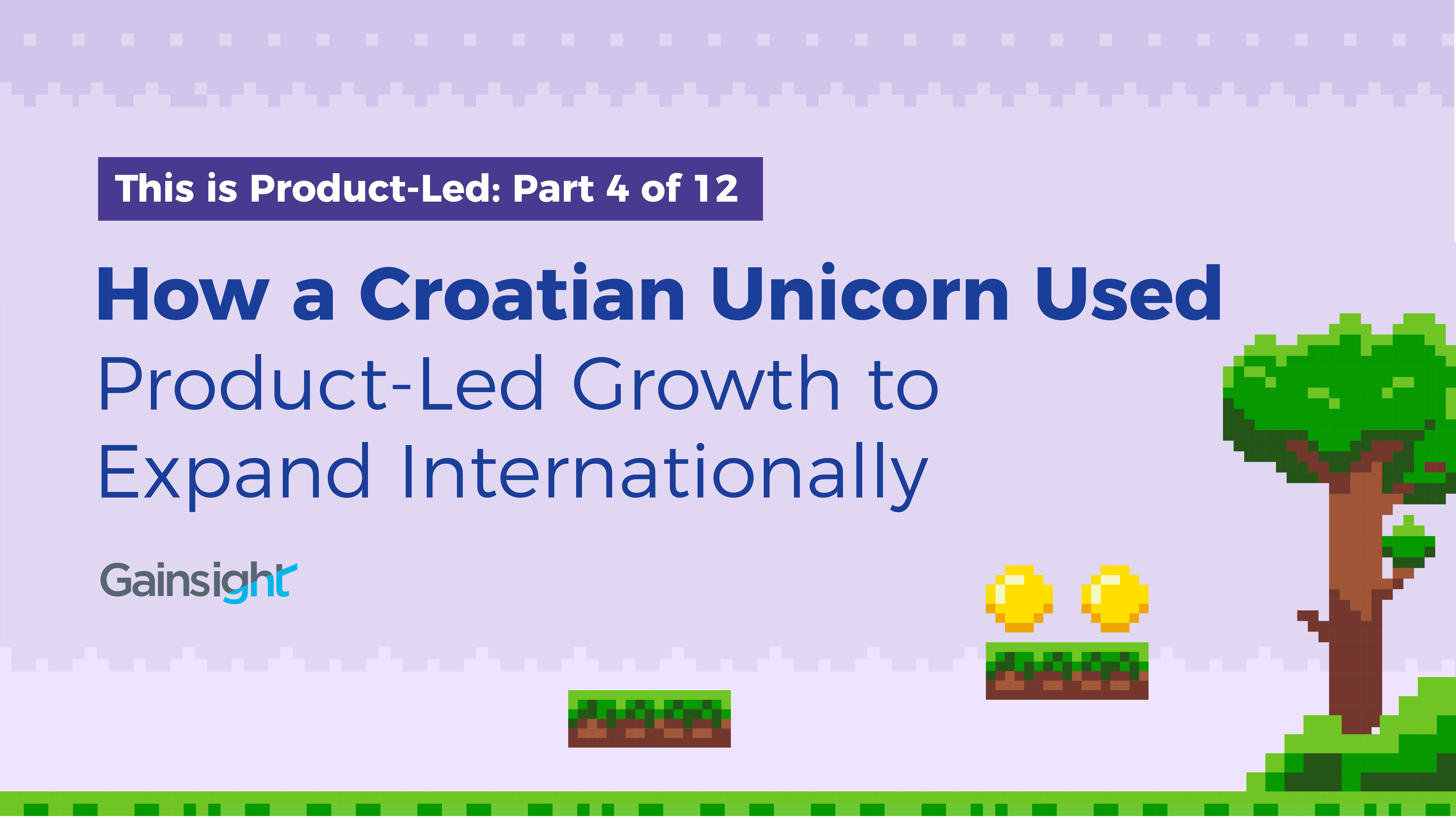This is part 4 of our 12-part series “This is Product-Led,” inspired by our conference for Gainsight PX users, Pulse for Product.
If you think of retro gaming as a U.S. phenomenon, it might surprise you to learn that it was quite an international affair. The home console heavyweights Nintendo and Sega are both Japanese. Tetris is from Russia—its theme song is an old Russian folk song.
And because what’s acceptable in one country isn’t acceptable in all, every retro game developer had to go to great lengths to localize their games to each international market. In Super Mario’s case, that often meant removing scenes involving alcohol. It’s a surprisingly similar story with B2B software.
In a Pulse for Product presentation by the Croatian startup Infobip, recently crowned a unicorn, Group Product Manager Ana Zrno explains how they achieve that localization with product-led growth.
How Product-Led Growth Can Aid in International Expansion
Infobip is an application-to-person messaging platform. Which is to say, if your bank or any type of business sends you messages via SMS, Viber, WhatsApp, or email, there’s a good chance they used Infobip to do it.
Because of its tight interlock with telecommunications providers, and the highly-regulated, often unique situation of each region, Infobip needs a lot of local expertise. It’s now physically present with sales and success teams in 60 countries that each know their market. Given the high-touch, high-value transactions its sales team prefers, you might not think Infobip would be a prospect for product-led growth. But as Ana explains, it’s been a perfect match.
“We needed a sign-up process and self-provisioning component because we can’t evaluate every market before we go there,” says Ana. By allowing users anywhere around the globe to self-provision a free trial, Ana’s team essentially allows each market to prove itself. Wherever they receive sign-ups, they generate product-qualified leads (PQLs), and can base their expansion plans on that.

A product-led growth has also allowed them to move down-market to small and medium businesses who their high-touch team isn’t geared to support. They’ve created tech-touch onboarding sequences to make those users successful without the success team’s intervention—which is particularly useful, because the success teams may not speak the languages native to all the countries trials are coming from.
How Can I Try This For Myself?
Grab a free trial of Gainsight PX and create an onboarding sequence for yourself. Launching a free trial version of your product is of course another matter—it takes time and development and is more of an investment—but you can explore all the ways you might enable it if you did.
Ana has one primary bit of advice for you for onboarding should you choose to launch it: Keep things simple.

“Less is more—new users don’t need a lot. Just get each person to their initial value, without letting them get sidetracked,” says Ana. “If they’re a developer, bring them to the code. If they’re a business person, allow them to create a campaign and track it. You have the power to do everything, but less is more. If all they do is find what they need, they’ll start the cycle of adoption all on their own.”
Curious what a product-led onboarding might look like for you? Get your free trial of Gainsight PX and try it out.
